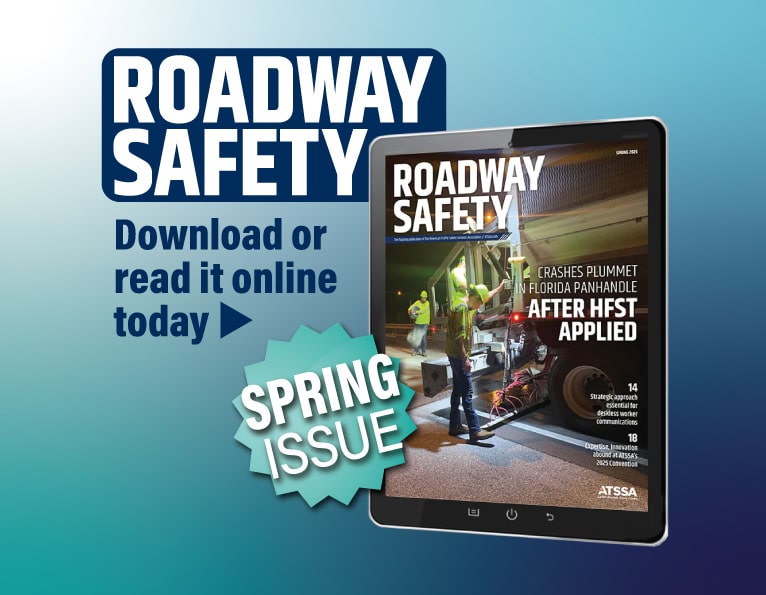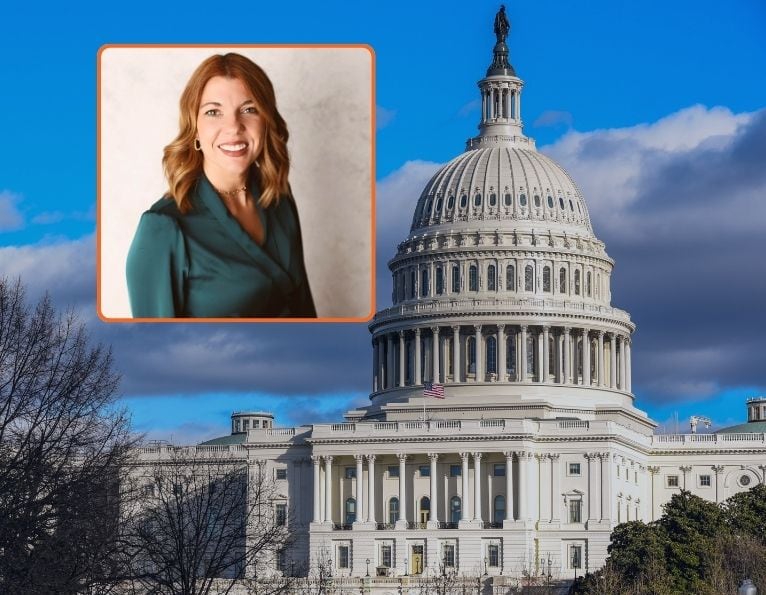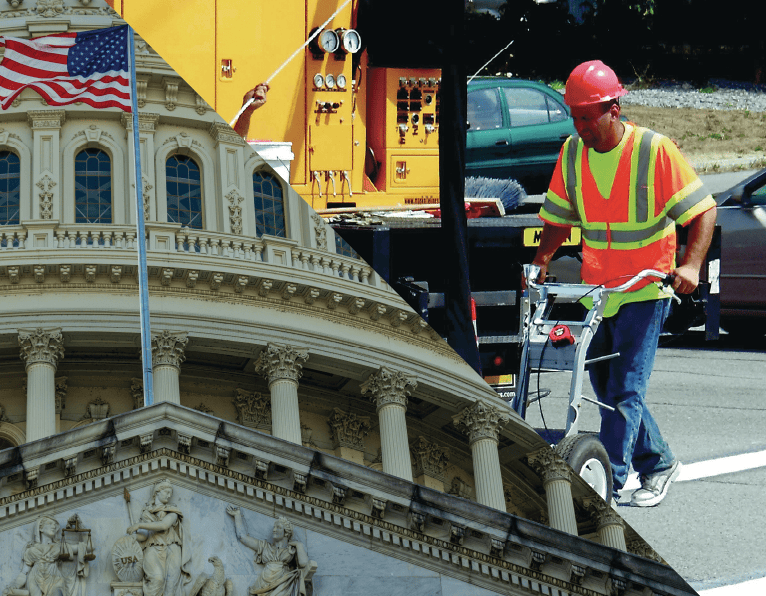Related News Articles
Roadway Safety explores HFST, advocacy, deskless workers and more
Roadway Safety explores HFST, advocacy, deskless workers and more The Florida Department of Transportation (FDOT) demonstrated the value of high…
Traffic control business owner to testify Feb. 12 on barriers to roadway safety
NEWS RELEASE Traffic control business owner to testify Feb. 12 on barriers to roadway safety Norman will tell House T&I…
FHWA publishes Final Rule on Manufactured Products Waiver
FHWA publishes Final Rule on Manufactured Products Waiver The Federal Highway Administration (FHWA) today published its final rule regarding the…


